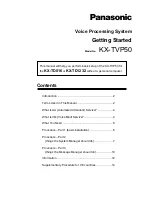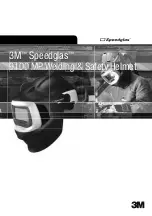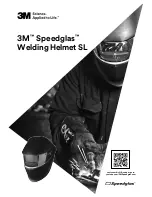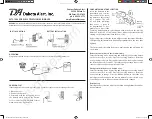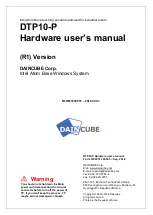
-
To keep the features of the inner visor in good conditions over time, let the helmet dry in a ventilated and dry
place with the visor open after use. Keep it away from heat sources and store it in a place away from direct
light.
-
Do not use solvents or chemical products.
•
VISION PROTECTION SYSTEM (VPS)
The exclusive inner VISION PROTECTION SYSTEM (VPS) is a LEXAN™(*) polycar
bonate moulded sunscreen
with scratch-resistant/fog-resistant treatment. It is very simple and practical to use. Just lower to activate it or lift to
remove it from the field of vision. It is useful in all sorts of situations, both on long journeys out of town and shorter
town trips.
Moreover, the innovative fastening system allows you to assemble and disassemble the sunscreen without the need
for any tools for ordinary maintenance and cleaning operations.
VPS Operation
The VPS mechanism allows to activate the sunscreen by simply lowering it until it partially covers the visor field of
vision. In this way, the desired light transmittance reduction is achieved. At any time, without operating the visor, the
VPS can be deactivated with a simple movement and easily lifted up to restore the normal conditions of visibility and
protection guaranteed by the approved helmet visor.
To deactivate the VPS, push the side slider completely downwards (Fig.12A). To completely activate the VPS push
the side slider completely upwards (Fig.12B).
Precautions for Use
The current approval standards (ECE22-05) state that the visor minimum light transmittance levels must be greater
than 80% when riding at night and not less than 50% when riding during the day. For this reason, when riding during
the day under particularly bright weather conditions, e.g. very strong sunlight caused by high intensity and/or
incidence of the sunbeams, the use of sunglasses - which have a transmittance much lower than 50% - turns out to
be advisable, if not absolutely necessary, to reduce eye fatigue on long trips. Sunglasses also reduce the risk of
direct dazzling as opposed to the use of mere approved helmet visor. However, the use of sunglasses makes it
difficult to perform emergency manoeuvres when the maximum visibility range of the visor must be quickly restored.
Just think, for example, of what happens when you enter a tunnel or when unexpected changes in environmental
brightness occur. Thanks to its operating mechanism, the VPS makes these operations much easier.
-
To keep the features of the inner visor in good conditions over time, let the helmet dry in a ventilated and dry
place with the visor open after use. Keep it away from heat sources and store it in a place away from direct
light.
-
Do not use solvents or chemical products.
•
VISION PROTECTION SYSTEM (VPS)
The exclusive inner VISION PROTECTION SYSTEM (VPS) is a LEXAN™(*) polycar
bonate moulded sunscreen
with scratch-resistant/fog-resistant treatment. It is very simple and practical to use. Just lower to activate it or lift to
remove it from the field of vision. It is useful in all sorts of situations, both on long journeys out of town and shorter
town trips.
Moreover, the innovative fastening system allows you to assemble and disassemble the sunscreen without the need
for any tools for ordinary maintenance and cleaning operations.
VPS Operation
The VPS mechanism allows to activate the sunscreen by simply lowering it until it partially covers the visor field of
vision. In this way, the desired light transmittance reduction is achieved. At any time, without operating the visor, the
VPS can be deactivated with a simple movement and easily lifted up to restore the normal conditions of visibility and
protection guaranteed by the approved helmet visor.
To deactivate the VPS, push the side slider completely downwards (Fig.12A). To completely activate the VPS push
the side slider completely upwards (Fig.12B).
Precautions for Use
The current approval standards (ECE22-05) state that the visor minimum light transmittance levels must be greater
than 80% when riding at night and not less than 50% when riding during the day. For this reason, when riding during
the day under particularly bright weather conditions, e.g. very strong sunlight caused by high intensity and/or
incidence of the sunbeams, the use of sunglasses - which have a transmittance much lower than 50% - turns out to
be advisable, if not absolutely necessary, to reduce eye fatigue on long trips. Sunglasses also reduce the risk of
direct dazzling as opposed to the use of mere approved helmet visor. However, the use of sunglasses makes it
difficult to perform emergency manoeuvres when the maximum visibility range of the visor must be quickly restored.
Just think, for example, of what happens when you enter a tunnel or when unexpected changes in environmental
brightness occur. Thanks to its operating mechanism, the VPS makes these operations much easier.
Summary of Contents for X-1004
Page 1: ......
Page 51: ...Fig 22B Fig 23 Fig 24 Fig 25 Fig 22B Fig 23 Fig 24 Fig 25...
Page 52: ......


























